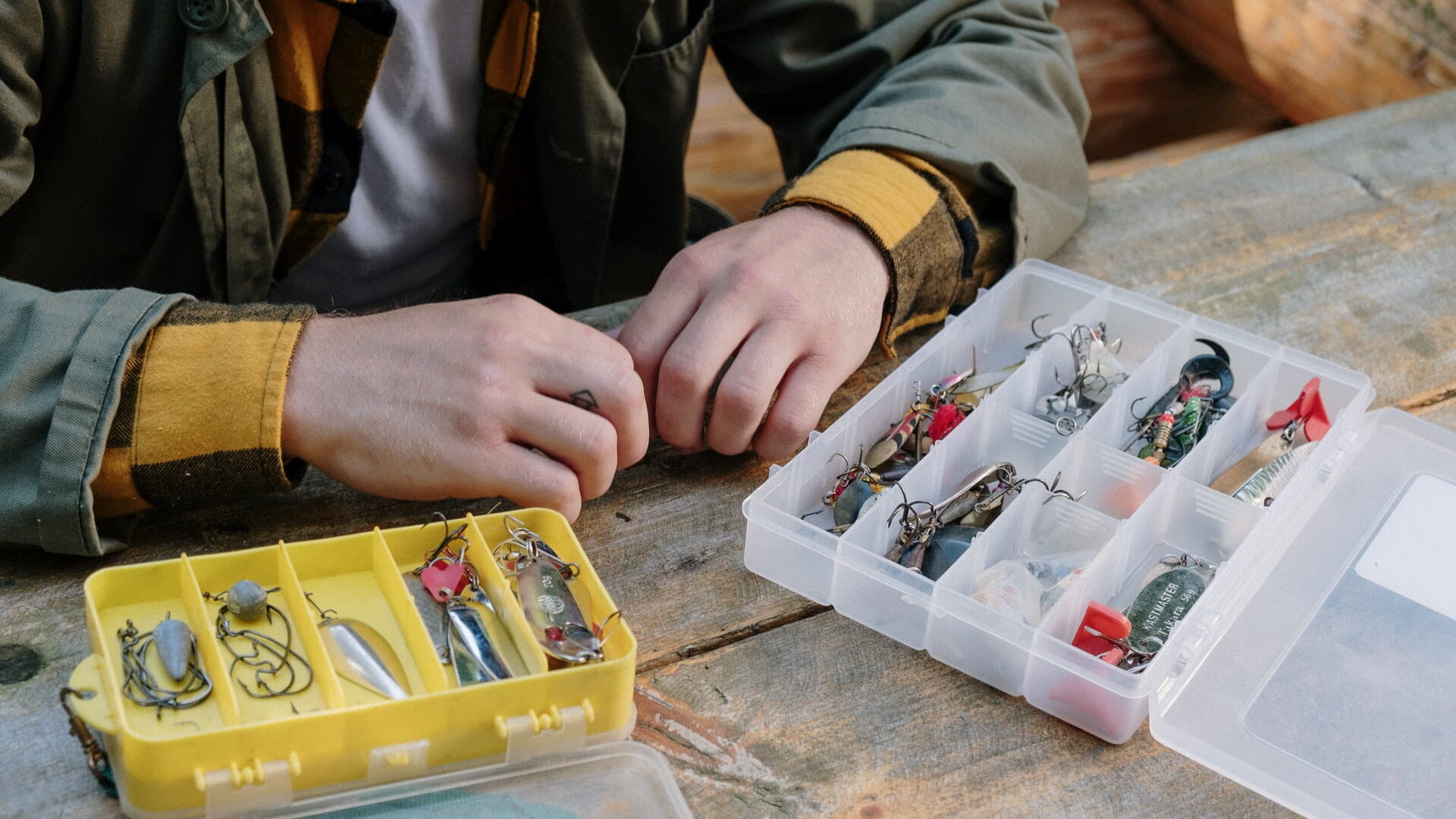A Beginner's Guide to the Basics of Fishing
Fishing is a popular recreational activity that allows individuals to enjoy the outdoors, unwind, and potentially catch a delicious meal. Whether you’re an absolute beginner or someone looking to refresh your fishing knowledge, this blog post will cover the basics of fishing, sponsored by LLTackleWorld, your trusted source for fishing equipment.
1. Understanding Fishing Gear:
a) Fishing Rods: Fishing rods come in various lengths and materials. A basic fishing rod is usually made of fiberglass or graphite. Choose a rod that matches the type of fishing you’re planning to do, such as freshwater or saltwater fishing.
b) Fishing Reels: Reels help you cast your line and retrieve the fish. There are three main types: spinning reels, baitcasting reels, and spin-casting reels. Each type has its pros and cons, but beginners often find spinning reels easier to handle.
c) Fishing Line: Fishing lines are available in different materials and strengths. Monofilament, fluorocarbon, and braided lines are commonly used. Thinner lines are suitable for smaller fish, while thicker lines are preferred for larger species.
2. Essential Fishing Techniques:
a) Casting: Casting is the process of throwing your line into the water. Practice your casting technique to gain accuracy and distance. Remember, a smooth and controlled motion is more effective than a forceful one.
b) Setting the Hook: When you feel a bite or tug on your line, swiftly jerk or reel in your line to set the hook in the fish’s mouth. This ensures that the fish stays hooked.
c) Playing the Fish: Once hooked, the fish will try to escape. Keep tension on the line by gently reeling while allowing the fish to tire itself out. Patience is key here.
d) Landing the Fish: Use a landing net to safely scoop up the fish from the water. Be cautious and avoid unnecessary harm to the fish.
3. Fishing Regulations and Safety:
a) Check Local Regulations: Before you start fishing, familiarize yourself with local fishing regulations. This includes knowing the legal fishing seasons, size limits, catch limits, and any specific rules for the area you are fishing in.
b) Safety First: Always prioritize safety while fishing. Wear a properly fitting life jacket, especially when fishing from a boat. Be aware of your surroundings, avoid casting near other people, and handle fishing hooks and knives with care.
4. Fishing Tips and Techniques:
a) Research Your Fishing Spot: Research the body of water you plan to fish in. Learn about fish habitats, feeding patterns, and the best time to fish in that specific area.
b) Bait and Lures: Choose the right bait or lure based on the type of fish you’re targeting. Common options include live bait (worms, minnows) or artificial lures (spinnerbaits, crankbaits). Experiment with different options to see what works best.
c) Patience and Persistence: Fishing requires patience and can sometimes be unpredictable. Keep trying, switch techniques, and stay persistent. Along the way, enjoy the peace and tranquility of being in nature.
Conclusion:
Fishing is not only an enjoyable activity but also a wonderful way to connect with nature. By understanding the basics of fishing gear, techniques, safety measures, and regulations, you can set yourself up for success on your next fishing adventure. Remember, LLTackleWorld is your reliable partner for quality fishing equipment. So, grab your gear, head to the water, and enjoy the thrilling world of fishing! Happy angling!
This blog post is sponsored by LLTackleWorld, a trusted supplier of fishing equipment. Please consult local fishing regulations and practice responsible fishing practices at all times.






Hi, this is a comment.
To get started with moderating, editing, and deleting comments, please visit the Comments screen in the dashboard.
Commenter avatars come from Gravatar.